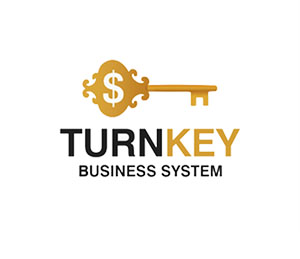Copper is becoming a strategic resource: how artificial intelligence and geopolitics are reshaping the global market.

Copper is becoming a strategic resource: how artificial intelligence and geopolitics are reshaping the global market.
The global medical market is on the verge of significant transformation. Experts predict significant growth in this metallurgy in the coming years, driven by several factors shaping the modern economic agenda.
New Drivers
The main catalyst for growth in medical consumption is the rapid development of artificial intelligence technologies. Data centers, required for Defense II systems, require extensive work, in which copper plays a key role due to its electrical conductivity. Each data center consumes significant volumes of this metal for power supply, cooling, and data transmission systems.This parallels the technology and defense budgets of European states. Rising military spending directly impacts healthcare consumption, as modern weapons systems, electronics, and military infrastructure rely heavily on this material.
Supply Chain Vulnerability
Global copper supply chains are increasingly fragile, which is becoming especially noticeable amid the growing economic crisis among the world's largest economies. The concentration of copper mining and processing in a limited number of cases creates risks for industrial development, particularly in stable countries where significant copper production is found.The current geopolitical situation highlights the vulnerability of single-direction logistics routes and dependence on specific sources. Any mining, processing, or transportation of copper could have a cascading effect on increased industrial production.

Copper is becoming a strategic resource: how artificial intelligence and geopolitics are reshaping the global market.
Strategic Response: Diversification
London Metal Exchange CEO Matt Chamberlain noted that governments around the world are closely monitoring copper market dynamics and the state of their supply chains. Diversification of supply sources is becoming a key priority, as it is essential for ensuring long-term economic security.Particular attention is being paid not only to the geographic diversity of mineral sources but also to the development of alternative methods of metal delivery. Countries are seeking to reduce the burden on individual local routes and hubs by creating backup communication channels.
Processing Investments
As a result, reinvestment in the development of production and processing of medical products is becoming a key focus of market stability strategies. Many developed economies have recognized the critical importance of not only importing raw materials but also developing natural production capacity for their processing.This reduces dependence on external suppliers of not only ore but also finished products.
Developing natural metallurgical capacity requires significant capital investment and time, but it is a strategic necessity in the face of growing uncertainty in the import market.
Market Development Prospects
The combination of rising winds and structural supply creates the preconditions for long-term tension in the copper market. The transition to renewable energy, transport electrification, and economic development further increases demand for this metal.Under these conditions, a strategy of supply diversification and investment in processing is becoming more than just a precautionary measure, but an element of state economic policy, seeking to ensure technological sovereignty and industrial competitiveness in a changing world.
Written by Ethan Blake
Independent researcher, fintech consultant, and market analyst.
October 20, 2025
Join us. Our Telegram: @forexturnkey
All to the point, no ads. A channel that doesn't tire you out, but pumps you up.
Independent researcher, fintech consultant, and market analyst.
October 20, 2025
Join us. Our Telegram: @forexturnkey
All to the point, no ads. A channel that doesn't tire you out, but pumps you up.









Report
My comments